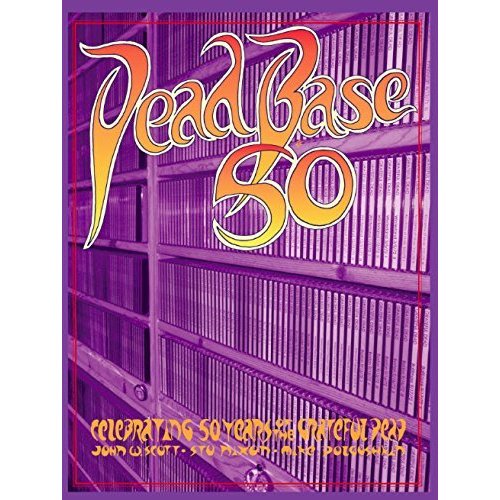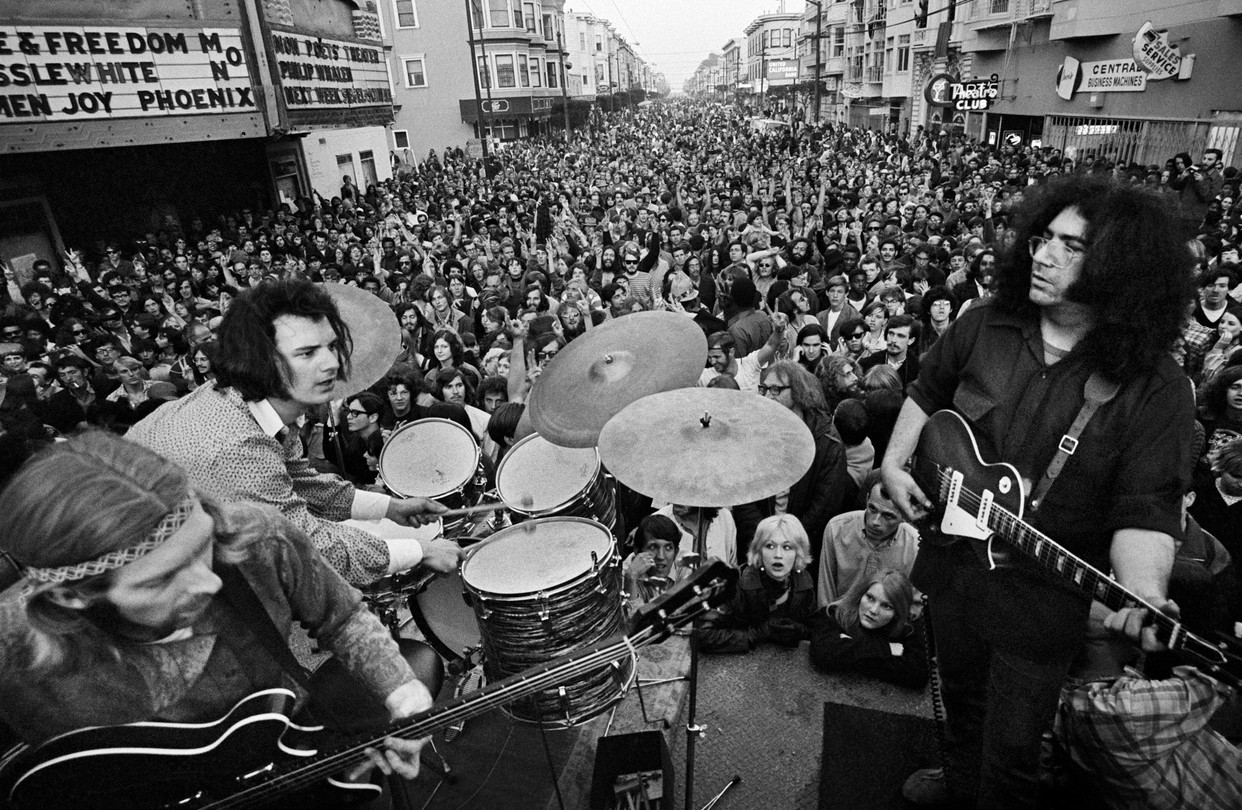The Article
DeadBase50: Crazy mixed up book for crazy mixed up kids
25th June 2017

Authors: John W. Scott, Stu Nixon, Mike Dolgushkin
Publisher: DeadBase Too
Price: £47.17 [Kindle at Amazon] $90 [Amazon.com or Dead.net]
Wisden Cricketers’ Almanack has been published annually in the UK since it was founded in 1864. It is seen as a world’s most famous sporting reference book. If you want to know anything about the game of cricket in terms of performances, statistics, awards, records, scorecards, rules and regulations and more then this title is seen as the Bible of Cricket.
The only comparable book in music, that I have seen, is DeadBase. In terms of its scope and attention to detail while focusing on a single band, there really is nothing to compare.
So what is DeadBase50? The core of the book is a hard backed (and now also Kindle-powered) book spanning 992 pages that contains extensive set lists, statistics, venue information, facts and opinion on the rock band, the Grateful Dead from 1965-1995 (plus the final concerts from the Fair Thee Well tour in 2015). You also get the same for each band member’s solo careers and post 1995 collaborations. It is seen as an invaluable resource for any, so-called, Deadhead. That is, the dedicated Grateful Dead fan.
The very first edition of the book emerged in 1987 and was updated and expanded on a yearly basis up until 1995 when the ‘leader’ and totem for the band, Jerry Garcia, died. After that, a further edition of the book was released in 1997 (DeadBase X) and then 1999 as DeadBase XI. Other supplements were issued plus a stripped down version called DeadBase Jr.
This newly printed database does feature the odd concert review or essay from fans but the majority of the text seen here consists of chronological lists and facts. This is a true DeadNerd tome.
Hence, on p.6 of the original rear section, there are details of a gig from 14 February 1968 then, on p.29 of the update front section, there is extra information from that concert and then on p.243 of the original part, there is a long-hand review of the same. In that gig was played a song called China Cat. On p.161, you can see all of the other gigs that the song had appeared in (400-500 at a rough guess). On p.125 you can see how often, on a year by year basis, that the song was sung (65 times in 1972, apparently) and so on. The facts and figures overwhelm you.
Criticisms? There are a few. As you can guess from the above, the book is a mess in terms of organisation and I question its practical value for anyone looking to quickly find a piece of information. This 50th anniversary edition (hence the name) is, in fact, two books in one. Hence, the updates from the last volume are not integrated into the older data but separated at the front of the book with the last edition remaining at the rear. Each part has its own page numbering range. Hence, if you look up a show, you will then have to look it up again in the first section to see if there were any updates. Also, the lack of a coherent structure and, in navigational terms, tabs printed on the page doesn’t help matters either. I recommend users buy the assorted Post-it Notes Markers Pads collection, priced at around £6, to create their own tabs to improve navigation.
That said, if you take the time and trouble to get to know the contents of this book and where everything is then it will prove useful but I wonder if the Kindle version might be the best option for serious users with that device’s invaluable search options.
All in all, a mighty, if flawed, tome for an incredible band.
(As this review went to press, the Kindle edition was withdrawn and is currently unavailable)



